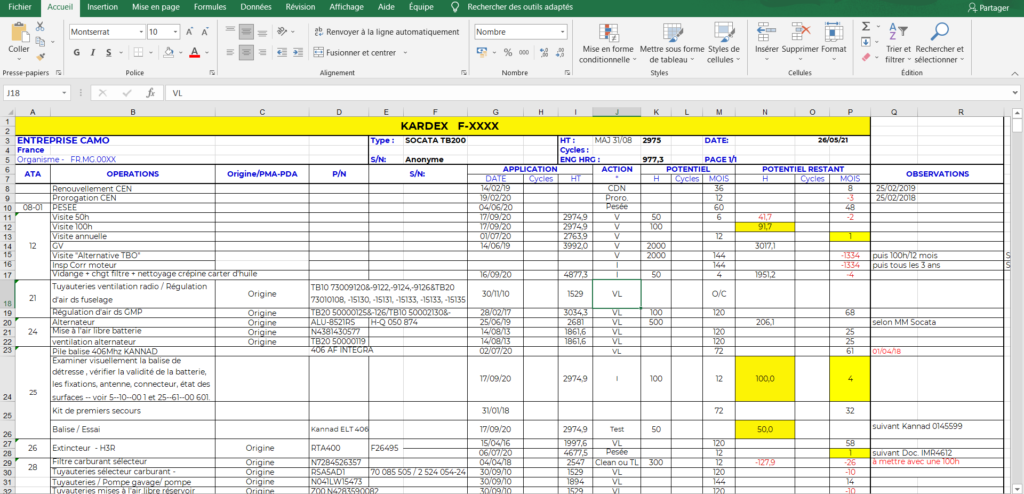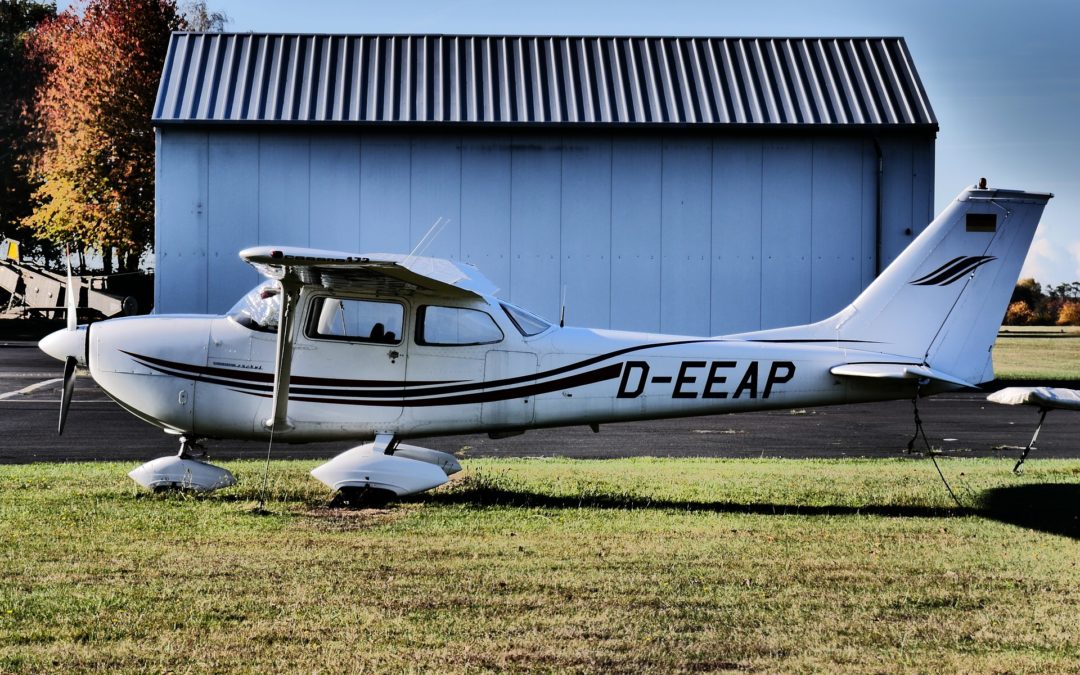The OSAC or your workshop must have already told you about it but, in concrete terms, what does the continuing airworthiness of an aircraft mean and what does it imply ? This article will explain it to you
What is Airworthiness / CAMO Management / Maintenance Tracking ?
The “maintenance tracking”, “CAMO Management” or “airworthiness management” consists of checking that an aircraft complies with the maintenance intervals and operations defined in its maintenance program.
By respecting it, the aircraft is considered “ready to fly” from a regulatory point of view.
In this maintenance program, there are many elements such as:
- Airframe, engine and propeller maintenance manuals.
They contain the list of periodic visits and the parts to be replaced, checked or cleaned at a defined frequency.
- Service Bulletins, Service Letters, and Service Information :
These are documents issued by manufacturers following a discrepancy or a modification to their products. These documents may apply to a limited number of aircraft according to various criteria (serial number, part mountedon the aircraft or not, etc.). They propose either to correct the anomaly or to make a modification on the aircraft concerned.
These documents are issued with different possibilities for the owner: either mandatory, or recommended, or optional.
- Airworthiness Directives (AD) issued by the authorities:
These follow a document such as a Service Bulletin issued by the manufacturer. It is mandatory to comply with ADs within their specified timeframe.
- Regulatory operations to be carried out according to your country’s regulations.
These include, for example, Radio checks or ARC renewal.
The number of items to track ranges from 50 for a light aircraft to several hundreds for a more complex aircraft. The list of these items is called “Due List”. This is the status of your plane at a given time.

Thus, monitoring involves keeping this Kardex up to date as the aircraft flies and time passes..
If airworthiness management were a black box, there would be 2 inputs and 3 outputs. As inputs, we would find:
- The Flight data (hours, cycles, discrepancies) provided by the pilots or the Flight OPS department
- Maintenance work carried out provided by the workshop
And as outputs, we would have:
- Remaining hours, days, and cycles before an aircraft undergoes maintenance.
- The Work Order : the list of tasks to be carried out at the beginning of maintenance.
- The Due List : A detailed list of all elements monitored on the aircraft with the remaining hours, days, or cycles of each.
One of the roles of the CAMO manager is to design the maintenance program for the aircraft.
To ensure this monitoring, it is necessary to have a tool to track the life of aircraft over time. For this, Excel can be used (with the risks it entails) or dedicated software.

